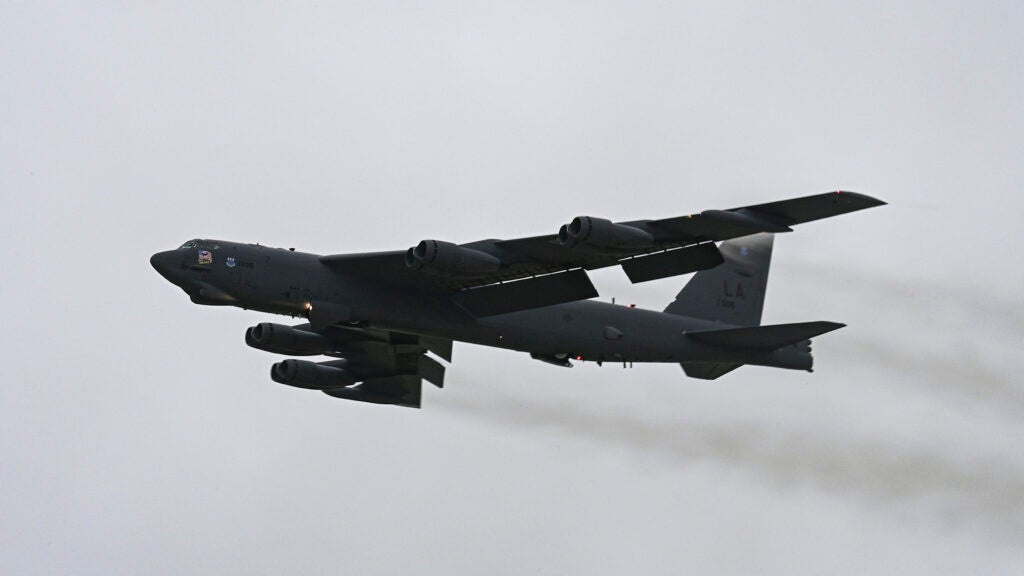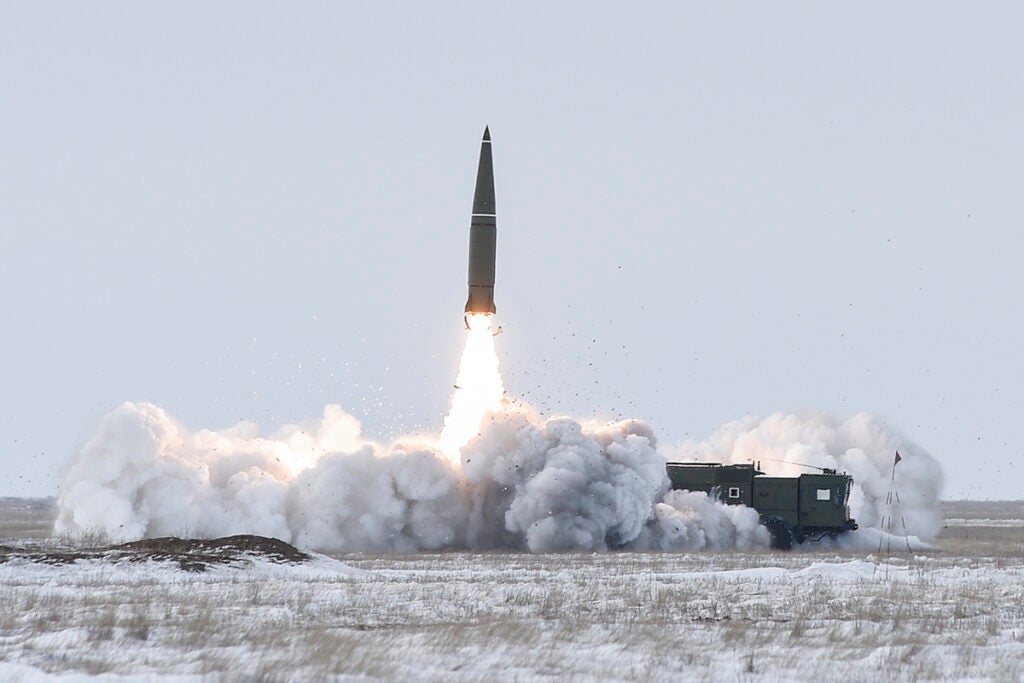Nuclear Tensions Simmer Following Nuclear Drills & Ukraine Radar Attack
The second half of May 2024 can be considered one of the most concerning in regard to the nuclear weapons use threshold. The development of the international situation and posturing shows that something may be stirring between the East and the West, yet, the routine conventional drills and responses have been lately broken by the strike on critical infrastructure regarding tracking and monitoring the use of ballistics weapons in Russia.
At the end of last week, the Russian nuclear forces conducted a vast exercise regarding the combat readiness of tactical missile batteries equipped with Khindzhal and Iskander missiles capable of delivering limited nuclear strikes. The exercises were conducted in Belarus and Russia in the regions bordering Ukraine.

In response, a pair of B-52H strategic bombers took off from the RAF base in Brize Norton conducting a flyover through Swedish airspace, placing themselves only 650 kilometers from St. Petersburg, as they circled East of Stockholm.
Yet, amid Russian nuclear exercises, an early warning Armavir radar station was attacked by Ukrainian drones. The Armavir radar was put into service in 2013 as a Voronezh-DM station with a range of over 4.200 kilometers. Its main role was monitoring potential ballistic missile launches in the Mediterranean and Middle East. Besides that the radar station could observe the sky over the Black Sea. Voronezh-DM stations are a part of critical nuclear infrastructure and thus fall into the Russian Nuclear Doctrine Point 19c which enables the nuclear response by Russian atomic forces in case of an attack of such infrastructure. The circumstances under which the attack was undertaken remain rather daring, with Russian nuclear forces exercising several dozen kilometers from the Ukraine border.
With earlier Russian threats, forces on alert for exercises and a strike against critical Russian infrastructure tensions were at a recent high reminding us how easy it is to infringe the atomic threshold. With the mutual assured destruction doctrine still employed and previous US warnings against Russian use of weapons of mass destruction in Ukraine, further escalation of the War in Ukraine into a thermonuclear conflict is currently unlikely.

